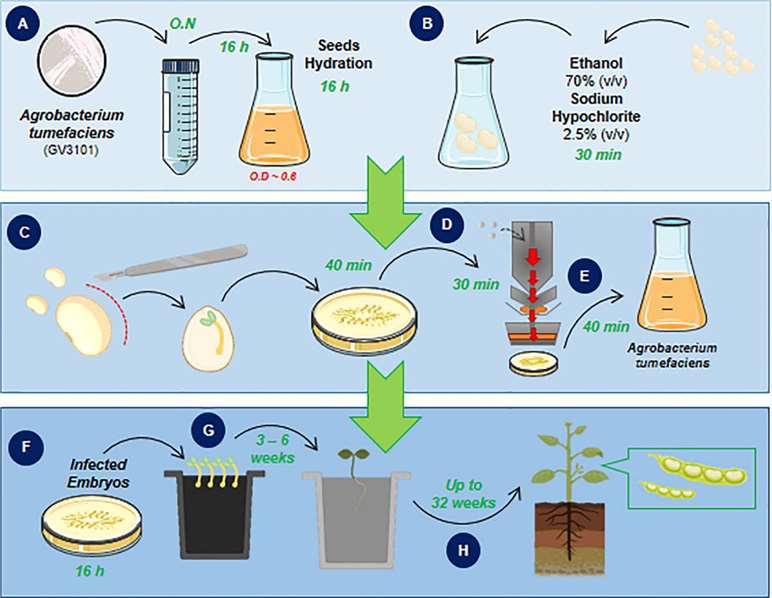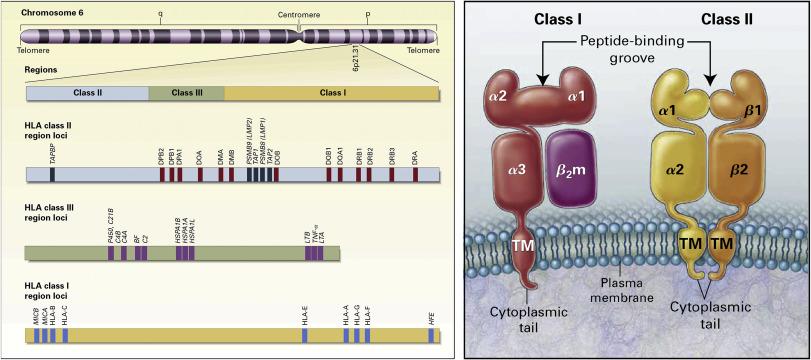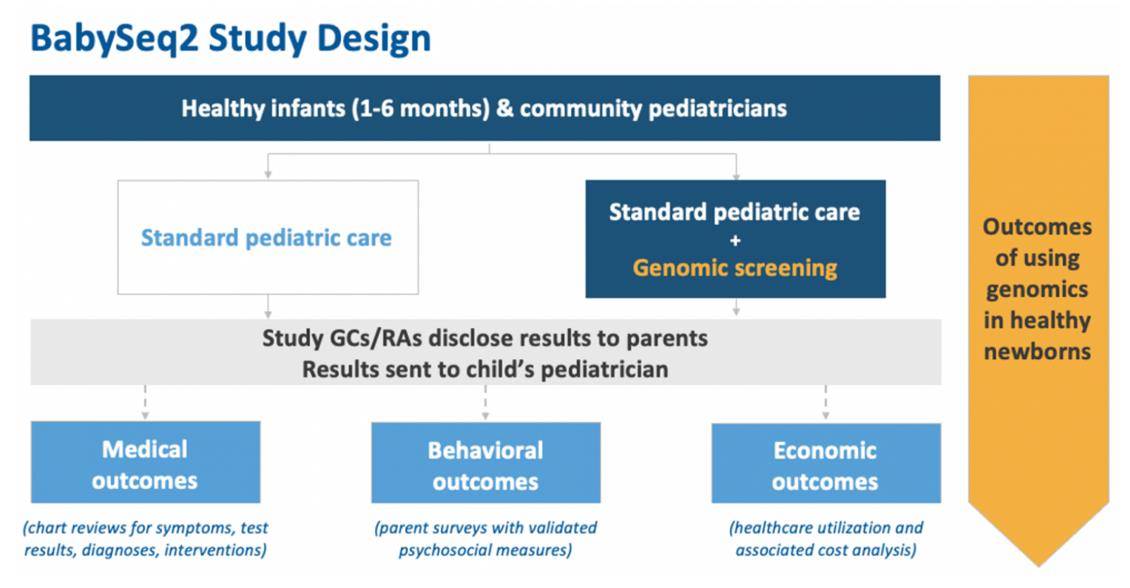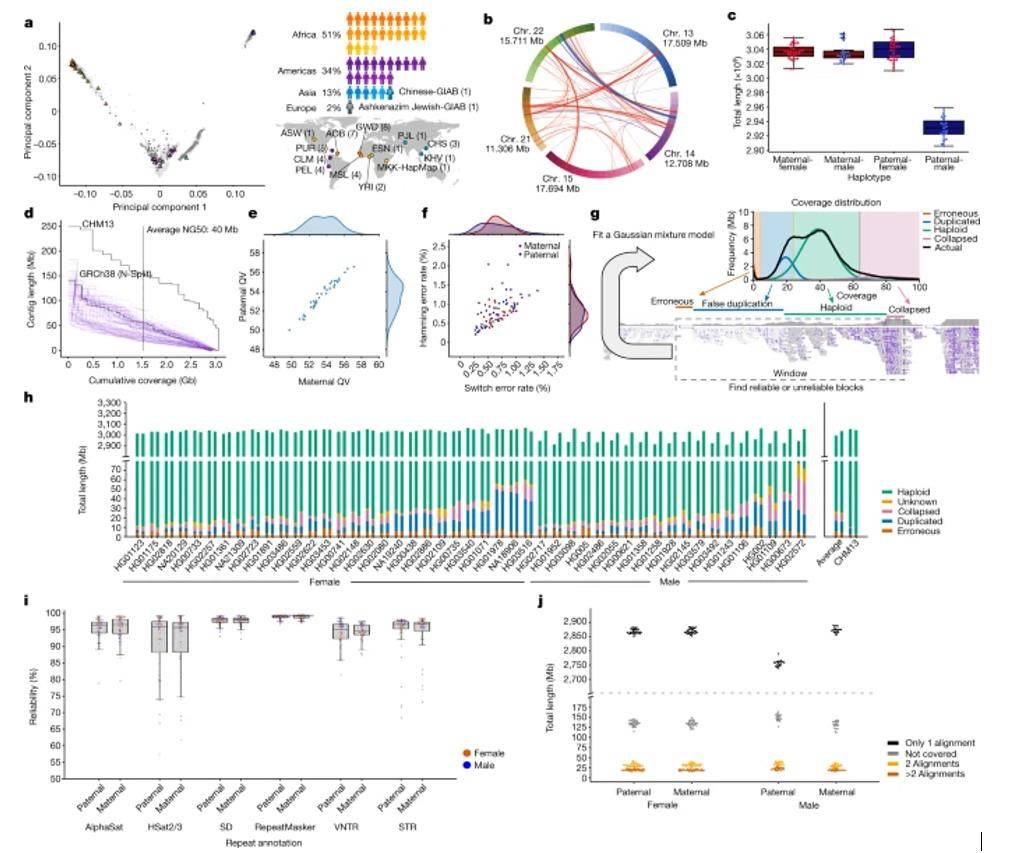
Fact Sheet: Illumina Complete Long-Read Sequencing
In the realm of modern biology, unlocking the complexities of genomes has been significantly propelled by next-generation sequencing (NGS) technologies. Among these, the sequencing-by-synthesis (SBS) chemistry, in tandem with the esteemed DRAGEN Bio-IT platform, stands out for its unparalleled accuracy in delivering whole genome sequencing (WGS) data. However, the quest for understanding the entirety of […]


 Sample Submission Guidelines
Sample Submission Guidelines







